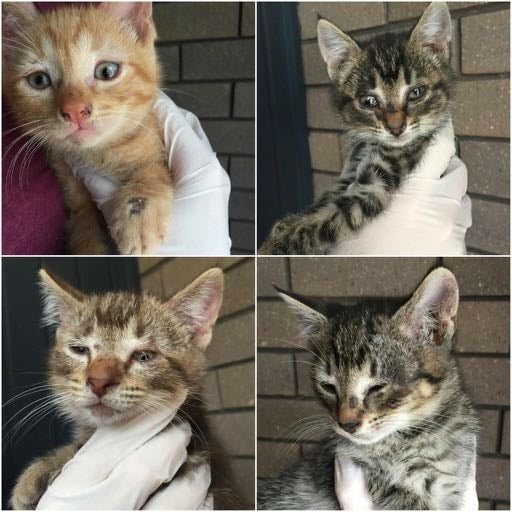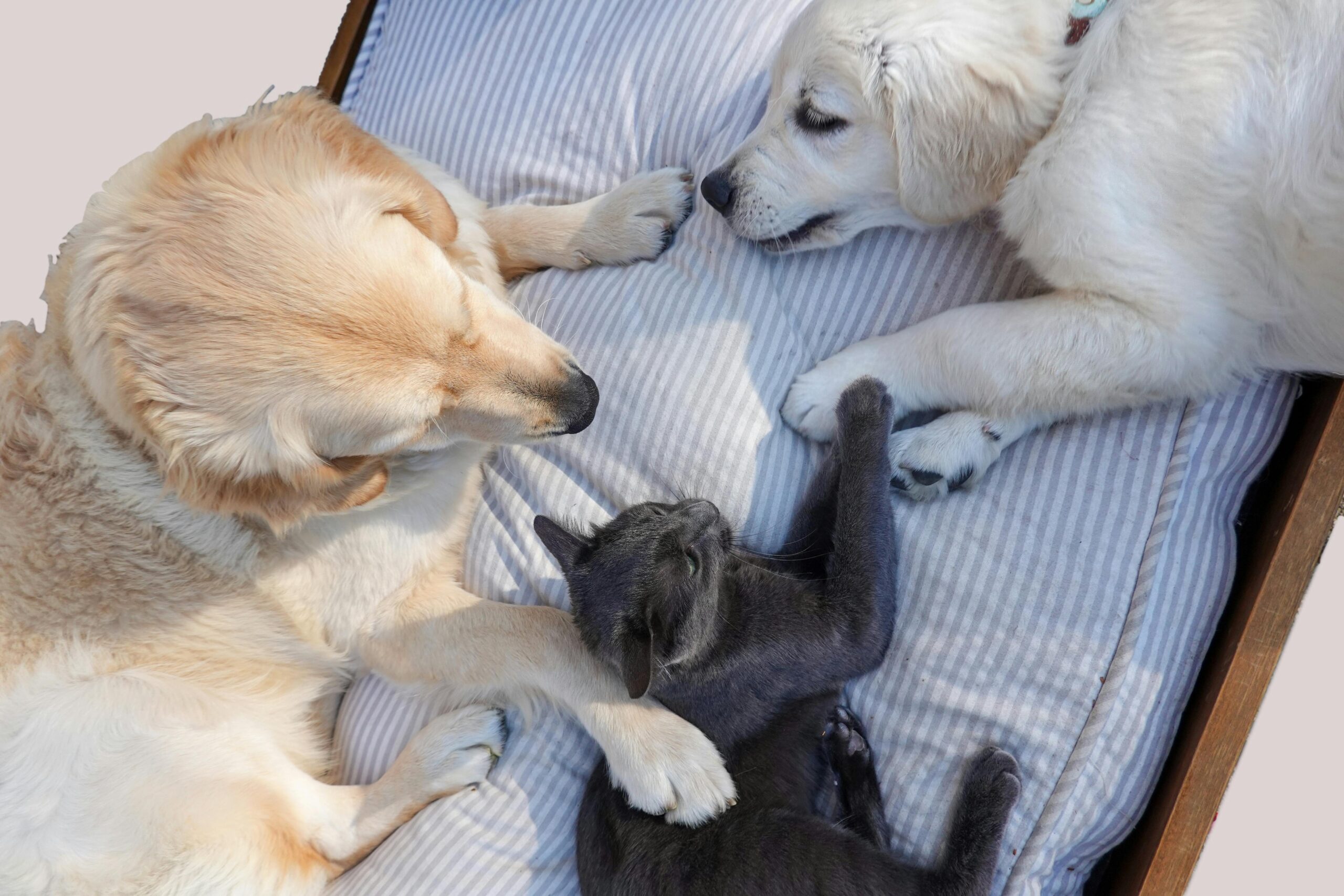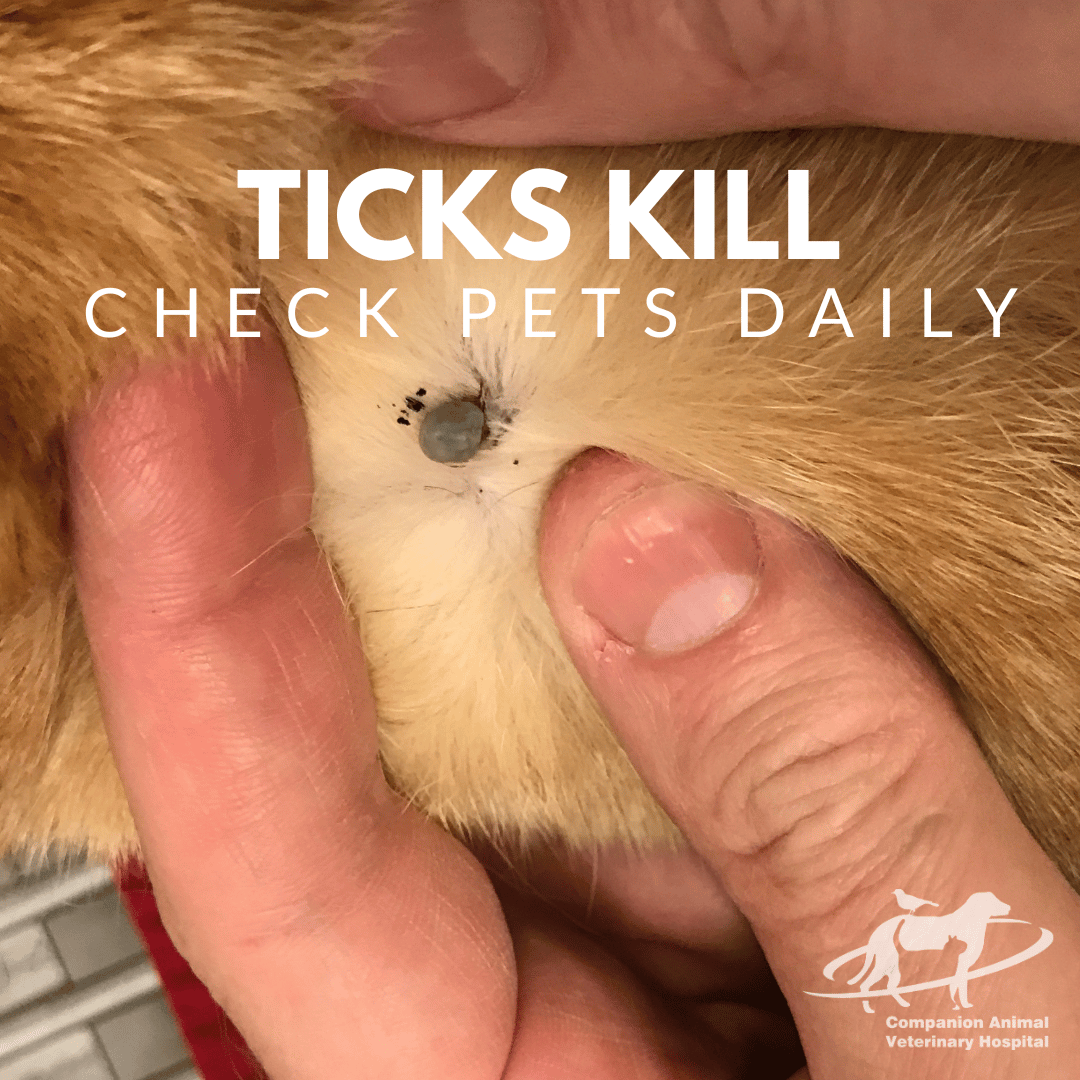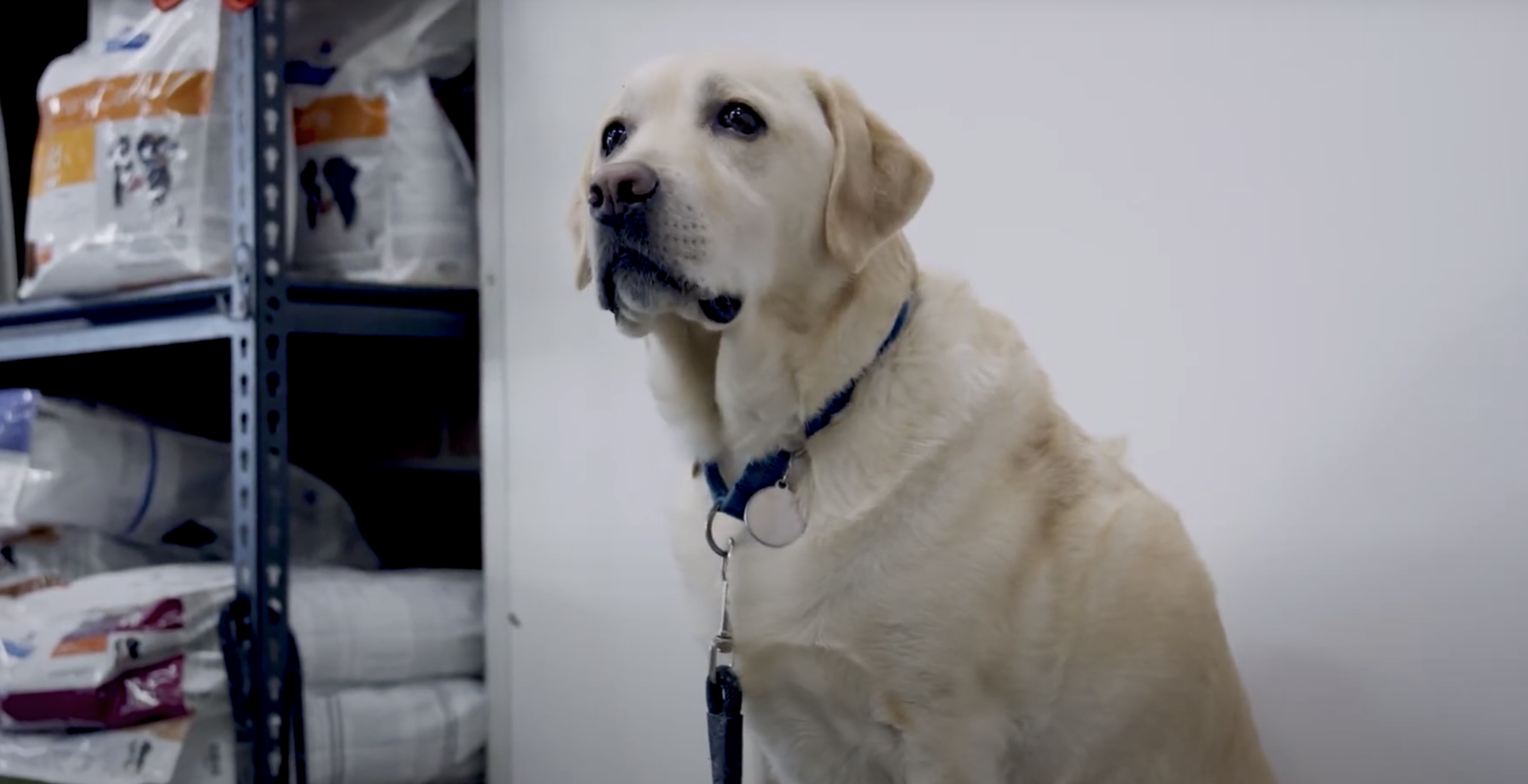Diseases have been around for a long time, longer even than microscopes and genetic testing. This has resulted in a number of names for illnesses that are not very helpful, some can be even misleading.
Misleading Names
‘Cat flu’, for example, is actually a number of different viruses and bacteria (none of them influenzas) that can cause similar symptoms in cats.
‘Kennel Cough’ is much the same in dogs and not many dogs that get it have actually been in kennels.
‘Ear canker’ and ‘Colic’ are symptoms of different diseases that have different potential treatments and outcomes.
And so we get to that old chestnut, Ringworm. Ringworm is actually skin, hair or nail infection by a number of different species of fungus.
So what is Ringworm?
Dermatophytosis (the technical term for ringworm) is often seen in young or very old animals, often on the legs and around the head. Infection may manifest as a circular lesions that can spread, healing from the middle, making the classic ‘ring’.
Other forms can be:
- dry scaly lesions
- crusted lesions
- a thin hair coat or hairless patches
- nail infections and
- some animals show no outward signs at all.
Often though, there will be a number of animals in a litter affected. Because of the number of ways it can present dermatophytosis can be a challenge to diagnose
Many things can look like ringworm and ringworm can look like many things.
Transmission is usually through direct or close contact but hairs can remain infectious in the environment for up to 1 to 2 years. Cats, dogs, other mammals and people can be affected.
Treating Ringworm
Some cases in healthy, short haired animals will self-cure, the body fighting off the infection within 3 months. Treatment is aimed at:
- increasing the speed at which the infection is eliminated
- preventing spread to people and other animals
- preventing the spread on the animal being treated
- preventing the carrier state where the animal carries the fungi without showing any signs
In multi-pet households, predisposed breeds or in households with young children or with older or sick people, treatment is particularly advised.
Treatment may be a combination of-
- Topical (washes, shampoos and sprays),
- Systemic (tablets), and
- Environmental Decontamination (quarantine, vacuuming and disinfecting). Because of the persistence of the infective spores, environmental decontamination is often the key to success. Bleach at 0.5% is a good disinfectant but bad for hands, eyes and fabrics – you have been warned.






